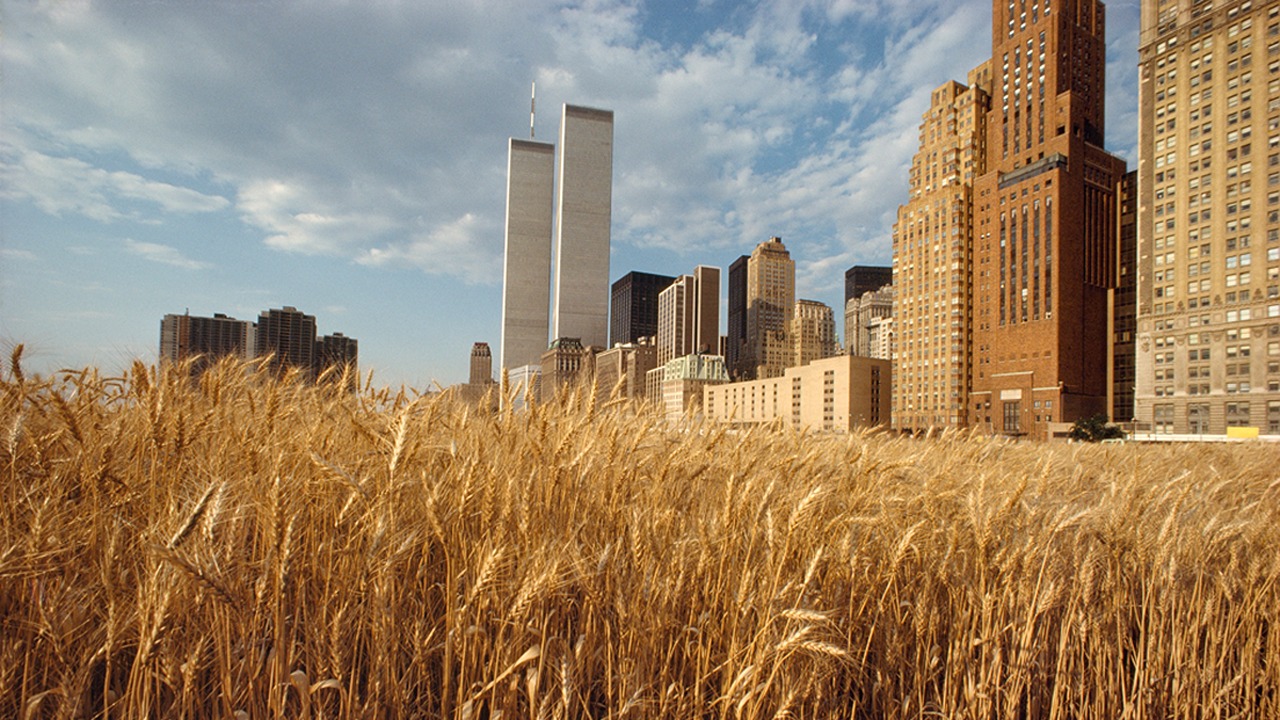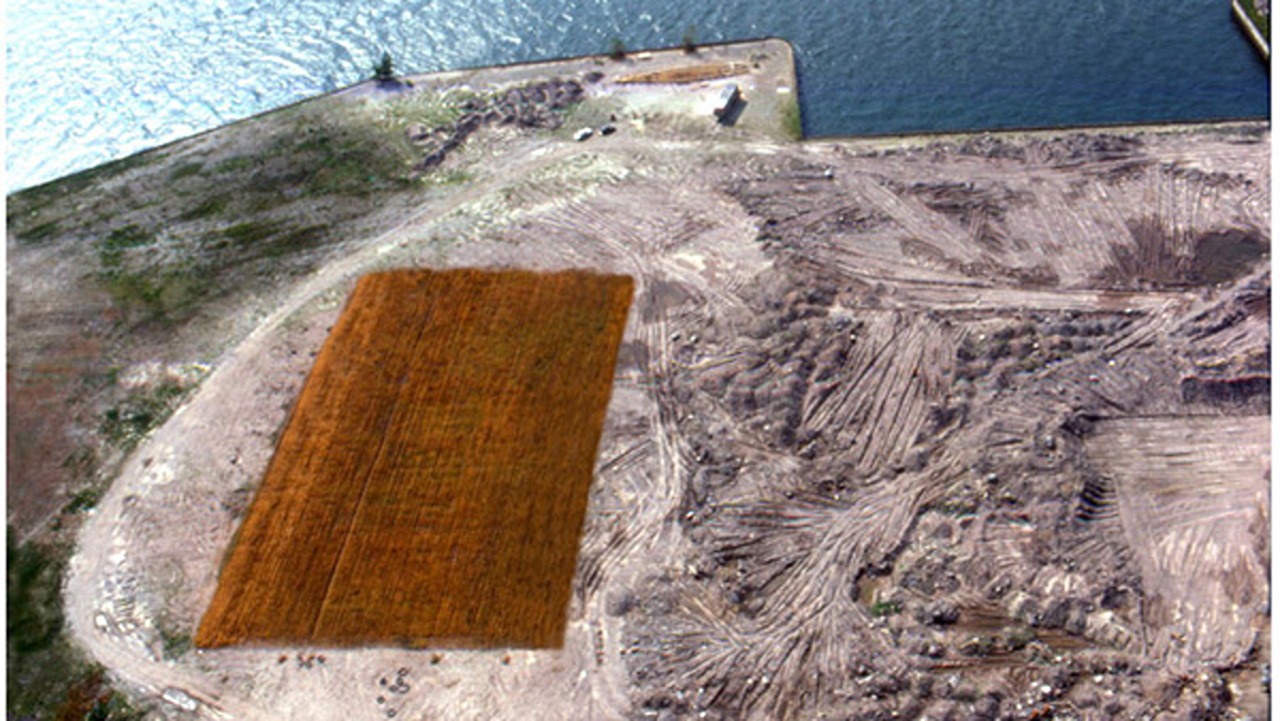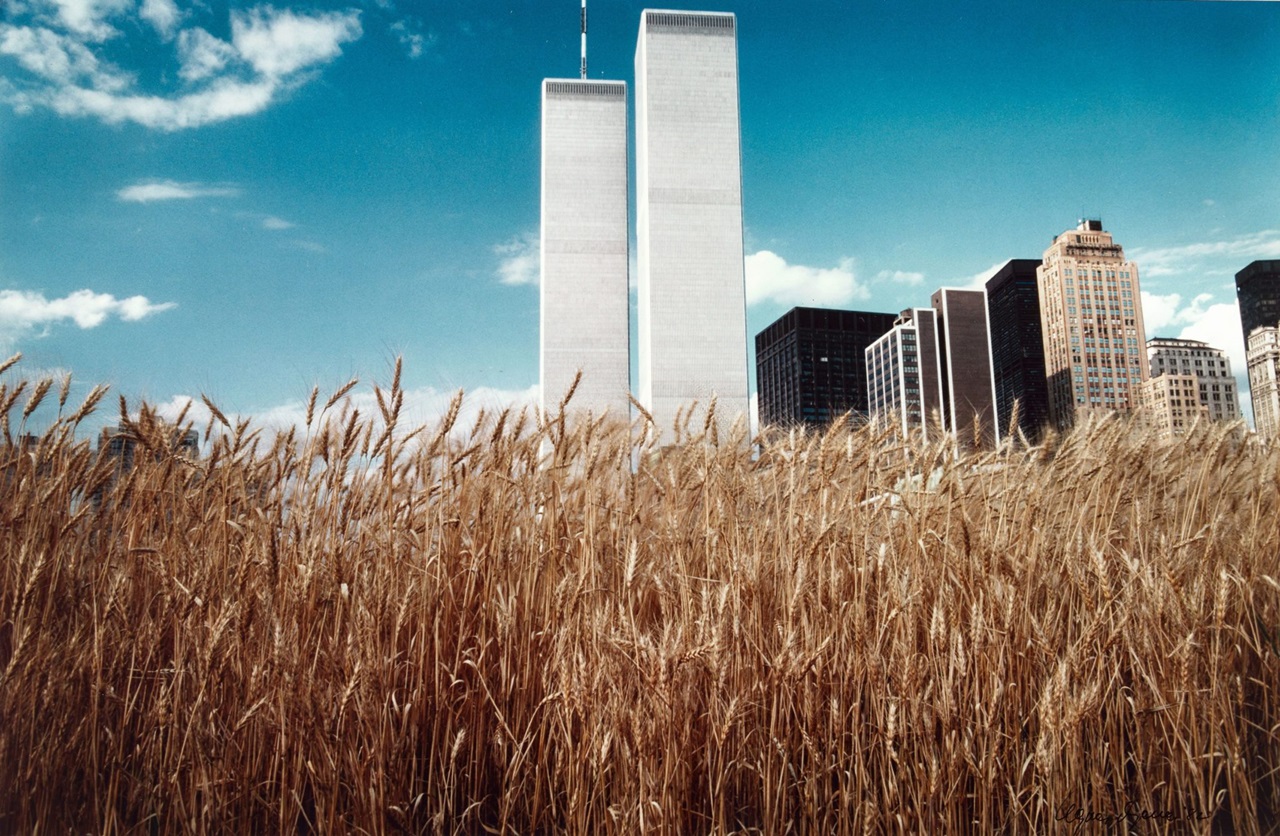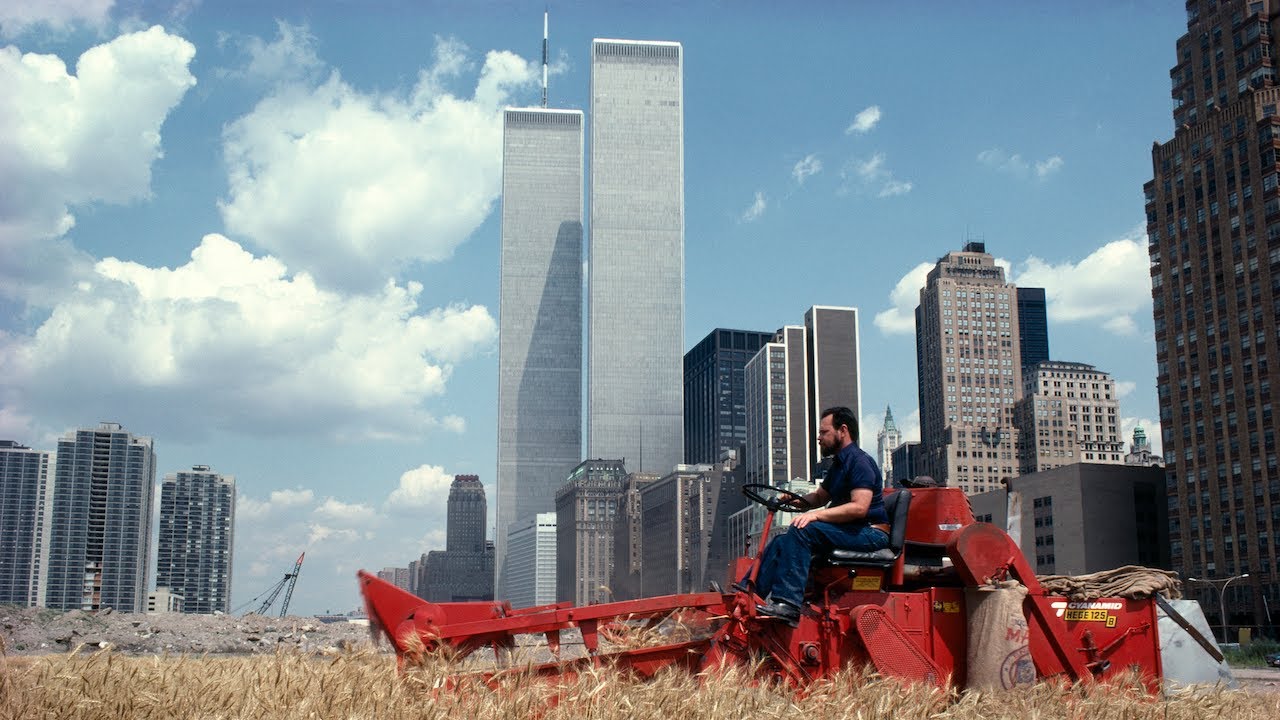While it was not possible to breathe in New York’s concrete jungle decorated with skyscrapers, in 1982, artist Agnes Denes sprouted a “wheat field” among the skyscrapers. What was the aim of this extraordinary project called “Wheatfield – A Confrontation”?
A wheat field in the heart of New York Thinking about its existence actually seems like a dream when you think about it now. But Agnes Denes turned this dream into a reality years ago and created a completely different atmosphere in the middle of the city.
“Wheatfield – A ConfrontationThis project, named “Wheat Field – A Confrontation” in Turkish, was not only a work of art, but also a call that brought to the agenda the conflict between nature and city life.
Although the idea of creating a giant two-acre wheat field in Manhattan seems like a funny fantasy, Agnes Denes achieved it years ago.
Agnes Denes is a very famous ecological artist. Most of his projects are based on the environment and ecology. She exactly wanted to address global warming in this wheat field project. This work by Denes, It involved planting a lot of wheat in the heart of New York in 1982. The wheat planted on land worth $4.5 billion at the time was designed as an art installation.

Agnes Denes
This project intends to exist independently of traditional spaces and institutions. pushing the boundaries of the urban landscape and was intended to make the audience think about the conflict between nature and the city.
The project is not just a plant planting activity, It was also a dramatic reflection of the conflict between nature and modern life. With this project, Denes also got people thinking about how they use natural resources and interact with their environment.
“So why a big field?” The question reflects an intellectual contradiction that is at the heart of Denes’s work.

In the city center, in the middle of the area piled with concrete Wheat growing in the field became an occasion to question how nature is connected to human-made environments. That’s why New York was perfect for this project. The more concrete piles and excess people, the more awareness.
Denes’ other works are not only works of visual aesthetics, but also reflect a call for the presence of nature in the city. While designing the wheat field project, he also considered the control of urbanization on people. to us It makes you question.

At the time, the decision to plant a wheat field in Manhattan stemmed from the need to draw attention to misplaced priorities and deteriorating human values. Just across from Wall StreetHe had chosen a land where stockbrokers and shareholders regularly bought and sold goods to make big money. This choice showed Denes the impact of capitalism and consumer culture on nature.
Funded by the Public Art Fund to realize the project, the artist had the opportunity to create a huge public art work as he wanted.

The site he initially chose was a garbage dump, but it was cleared and made ready to host this striking art project. The wheat that sprouts here, While making people question their complex relationships with their environment It also made me think deeply about the interaction of city life and nature.
After 4 months, harvested wheat It yielded thousands of crops. A large part of this valuable crop is The International Art Show For The End of World Hunger (International Art Show to End World Hunger) distributed to 28 cities around the world.
When we look at the world’s changing climate conditions, Denes’s work becomes more meaningful.

The fact that we saw winter before even experiencing autumn in the past is actually an example of the ecological balance being disrupted. Moreover, climates were not so erratic in the 1980s. Predicting the disturbed balance Denes’ wheat fieldYears ago, he made a call for the protection of nature and the environment, drawing attention to climate change and natural disasters. This allows us to focus on ever-changing climatic conditions and problems such as global warming.
The wheat obtained in the project is It went down in history as an initiative that aimed to raise awareness of global problems. We hope that today will bring awareness to us, too.
Our other climate-related content:
RELATED NEWS
Two Concepts That Threaten Our World: What is the Difference Between Global Warming and Climate Change?
RELATED NEWS
What would you find if you suddenly woke up in Turkey in 2050?
RELATED NEWS
